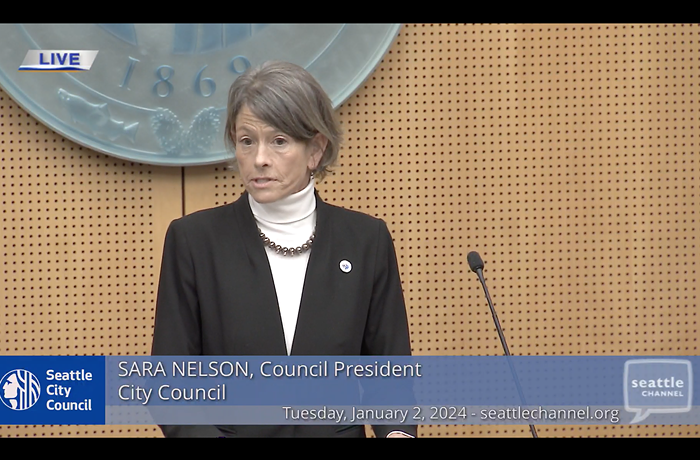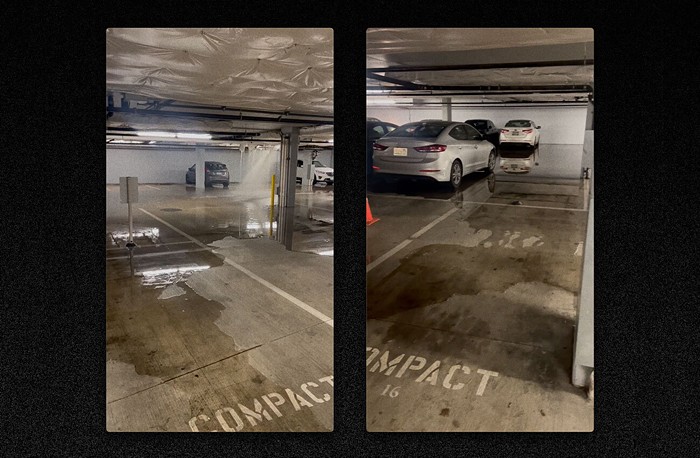
Even before the COVID-19 pandemic, we knew there were up to 15,000 young people experiencing homelessness in Washington state.
Now, a full year since everything changed, we know that homelessness numbers across the board are only going up. As people have lost jobs, experienced housing instability, and struggled to make ends meet, even more young people don't have a place to live.
To meet this problem head on, the Legislature can play a key role in solving youth and young adult homelessness by supporting the expansion of the Anchor Community Initiative in the 2021-2023 biennial budget.
Just over two years ago, A Way Home Washington launched the Anchor Community Initiative (ACI), a first-of-its-kind campaign to end youth and young adult homelessness by the end of 2022 in four diverse counties across the state. Partnering with the state Office of Homeless Youth and bipartisan government and nonprofit leaders on the ground, communities are given support, coaching, and advocacy support to develop their own personalized strategy grounded in data and equity.
This model was developed with the nationally recognized nonprofit Community Solutions. The ACI has customized Community Solutions’ model to serve young people by adding equity data measures to ensure we are serving those most impacted by homelessness: young people of color and LGBTQ+ young people.
Our initial cohort of four Anchor Communities—Pierce, Spokane, Yakima, and Walla Walla counties—received an additional vote of support in the 2018 state budget when they each were appropriated $1 million sent directly to the communities, matching significant investments from private philanthropy.
In the two years since the Anchor Community Initiative launched, our communities have made demonstrable and remarkable progress towards their goals of ending youth homelessness by the end of next year. Each community has made significant achievements to identify the young people in their community who are currently experiencing homelessness, through a system that tracks real-time data and monthly shifts in both inflow and outflow. This lets communities identify young people by name, and not only keep track of them as they interact with the system and seek housing, but it also lets each community know their young people.
These seemingly simple steps are often out of reach for most municipalities—and now these four communities are well-positioned to bring housing and other support systems online. This will help them reach the audacious goal of “functional zero," which doesn’t mean there will never be a young person sleeping outside, but it does mean that support is waiting when that person is able to come in.
In recognition of that progress, the Governor requested an additional $4 million that will expand the program to a brand-new second group of communities, and we are asking the Legislature to do the same. We do not know yet where the new communities will be, but A Way Home Washington remains committed to finding communities that represent the full diversity of Washington state, especially geographic diversity.
Many people say that homelessness is complicated—and it is—but the solutions are simple. We know that to functionally end youth homelessness in our state, we must first identify every young person without a home, and then surround those young people with the services and support that they need and transition them to a safe and permanent home. At the same time, the state and each community must focus on preventing young people from entering homelessness in the first place. This is all easier said than done, but we are inspired by the progress in Pierce, Spokane, Yakima, and Walla Walla communities—and even more communities to come when the Legislature takes action.
Trudi Inslee is the First Lady of Washington state and co-chair for A Way Home Washington, and Lynsey Romero is A Way Home Washington’s Youth Advisory Board Chair in Spokane.


















